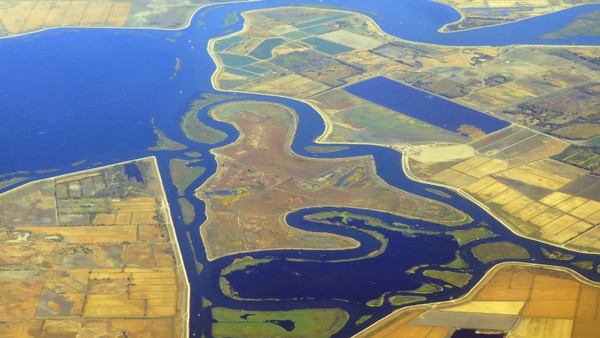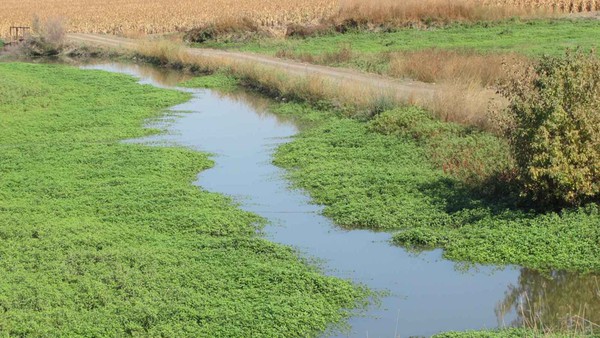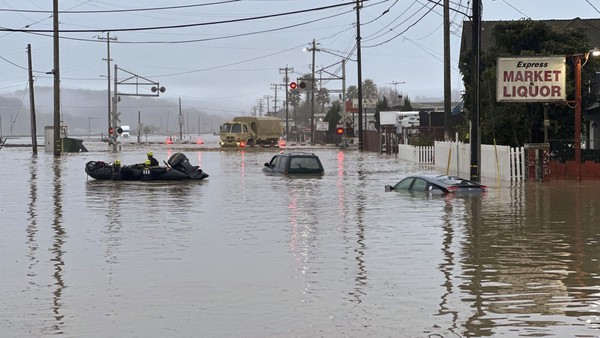Four years before the era of reclamation districts began, the city of Sacramento saw the Great Flood of 1862.
This month, for the first time since the launch of California Local, we expanded our digital footprint into new territory, moving west of Sacramento into Yolo County. From the new Yolo County overview page you can find links to information about Yolo’s traffic and weather, its county and city governments, and its community groups. We also list some of the county’s biggest special districts—government entities like the Knights Landing Community Services District and the Sacramento-Yolo Mosquito and Vector Control District, which exist to provide specific functions to residents.
When researching Yolo County, we became interested in reclamation districts, which are the oldest type of special district in California. These districts, created to “reclaim” wetlands and turn the acreage into arable—and monetizable—land, are a fixture in the Delta and the Central Valley. Reclamation districts made possible California’s second Gold Rush, enriching immigrants who got here early enough to benefit from this land grab. (To see the breadth of land managed by these districts, check out this detailed map.)
Draining the Swamps
In his most recent series, California Local’s Jonathan Vankin digs into the history and machinations of reclamation districts and the changes they’ve wrought to the natural environment. As he notes, it took about 70 years, but reclamation transformed the Sacramento-San Joaquin Delta into one of California’s most fertile agricultural regions, with 1,100 miles of levees creating islands of farmland amid the tidal marshes.
But is there a downside to decimating one of nature’s most biological productive ecosystems? In short, naturally.
Raging Waters
We’ve got four months still to go on the 2023 calendar, but already it’s been a wild ride. The year began with storms propulsed by atmospheric rivers that ultimately took back some of the land that humans tried to reclaim—specifically along the Pajaro River, on the border of Santa Cruz and Monterey counties, and across agricultural land that’s now covered with a resurgent Tulare Lake in Kings County. And this month came Hilary, an almost unprecedented tropical storm that blew further north due to warming ocean temperatures. Vankin takes a look at whether the levee systems will hold as large-scale rainstorms get more frequent.






